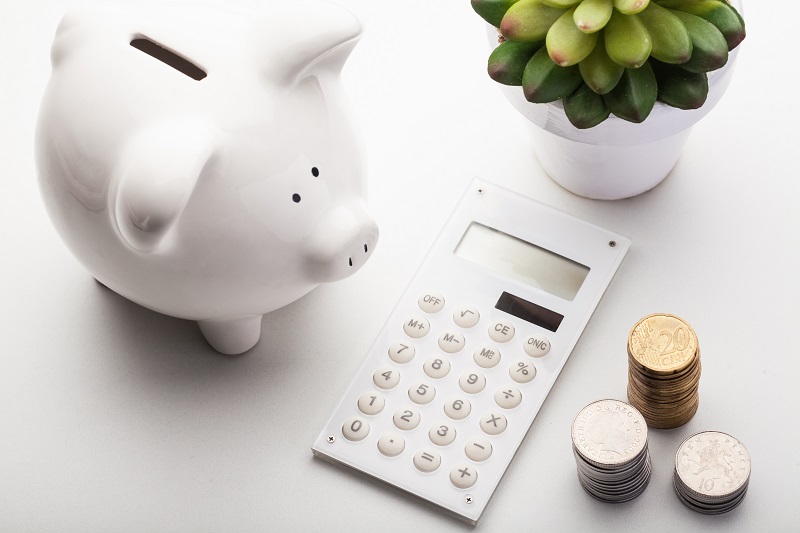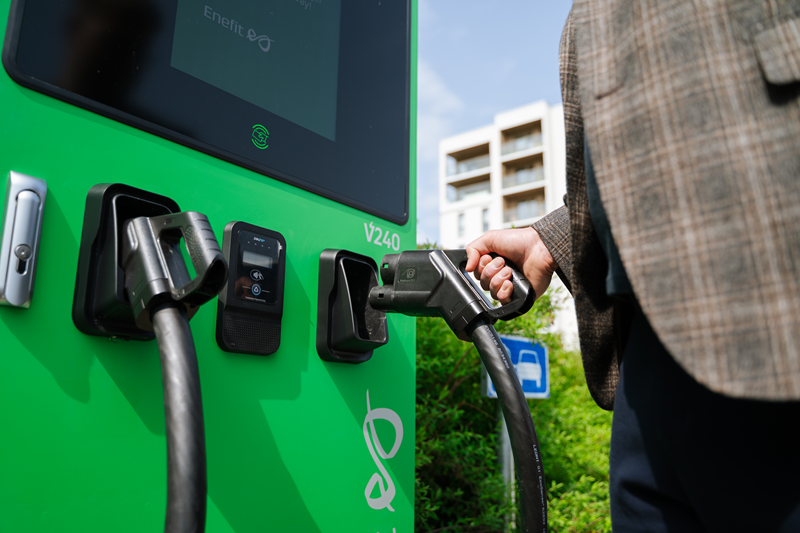As the number of electrical appliances in our homes, offices and production facilities has increased significantly over the years, this has in turn increased the amount of electricity consumed. Skyrocketing electricity prices have made businesses and homeowners seriously think about reducing their energy costs. How to reduce daily energy consumption and which investments would bring savings for a longer period of time?
In fact, most energy saving solutions in homes and offices are quick and easy, resulting in a lower bill already the following month, essentially without any additional investment. It is possible for everyone to save, regardless of their current consumption. In production companies, where consumption is significantly larger, it is worth thinking about energy-saving investments, such as renewable energy solutions, a ventilation system with heat recovery, economical LED lights and lighting solutions with time and motion sensors.
Heating must be used wisely
As the Estonian climate requires heating for almost half a year, it consumes the biggest amount of energy. Every heating system has its pros and cons. For example, the initial investment in the introduction of electric radiators and underfloor heating may be the lowest, but their fixed costs are significantly increased in winter due to higher electricity prices. A nice warm stone floor that is heated with electricity also has a big impact on electricity bills.
An air source heat pump with a quite economical cooling function would be a much more economical solution than an old oil radiator or electric heater. The most sensible type of heating on the market is geothermal heating which initially requires a rather large investment, but since the heat is taken directly from the earth’s crust, it does not require to be produced separately.
It is worth turning off electrical appliances in standby mode
Today’s households may have up to 20 appliances that are constantly in standby mode and consume electricity not only during active use but 24 hours a day and 365 days a year. Contrary to popular belief, devices in standby mode do consume electricity, even though they are not in use at that moment. According to the data of various studies, the consumption of devices in standby mode can make up to 10% of your electricity bills! Therefore, when going on a trip for the weekend or to a holiday in the south for a week, it is worth unplugging all devices. You should do the same at work: do not leave devices unplugged in standby mode for weekends, because someone has to pay for this cost.
The payback period of electrical equipment is more important than their retail price
When purchasing new equipment and machines, then in addition to the price, you should monitor how much it costs to maintain them during use. A more expensive but more economical machine will definitely pay off. A simple example can be given to household consumers: by replacing a 20-year-old refrigerator with a new and energy-efficient one, you can save several tens of euros per year (the amount can be multiplied at today’s prices!). The energy label on the product provides information about energy consumption: an A-class household appliance is much more energy-efficient than a B-, C- or even lower-class appliance. In the case of household appliances, it is also worth observing different modes, such as ECO programs that behave very economically in terms of electricity and water use.
Lower your water and indoor temperatures
Laundry does not need to be washed at 60 or 40 degrees, but for lightly dirty laundry a 30 degree cycle is enough. Similarly, the temperature of underfloor heating or that of your water heater does not have to be at maximum. In the case of water heaters, a temperature of 55 degrees is sufficient, reducing the formation of scale which also affects energy consumption. Reducing your indoor temperature by one degree means reducing your heating costs by 5%.
Investing in the right lighting system can save you a lot
The payback period of an energy-efficient LED lighting solution is very short, and the investment often pays off in less than a year. The right lighting is beneficial for the environment, people’s health and well-being as well. In health care facilities or production units, where the lights must be on 24 hours a day, lighting can account for as much as half of the electricity costs. It is very important that the lights emit maximum light and that dirt and dust do not dim them.
Smart devices and regular maintenance
Various providers have entered the market with several smart solutions that reduce electricity use. A smart thermostat never heats empty rooms and can be synchronized with the weather. A smart meter allows you to monitor the building’s energy use by device, helping to find ways to save. If systems are regularly maintained and cleaned, it is clearer than ever that the solution will work for several years and provide savings of several hundred euros.
Consume wisely!
Since all of Estonia has been switched to remotely read hour-based meters, the customers of Enefit are able to keep track of their energy consumption by hour using the self-service or the mobile application, and compare it by week, month or year to see how their consumption has changed. By keeping an eye on your consumption, you can see the effect that more energy-efficient appliances or the beginning of the heating season have on your bill. A simple trick: never overfill your kettle, just boil as much water as you need. If you consume at least one kilowatt hour less, it will have a threefold effect on your electricity bills, because by saving on electrical energy, the network fee, electricity excise tax and renewable energy charge will decrease as well.
Saving energy is also important from the point of view of our green footprint – the less we consume, the more we save nature!



